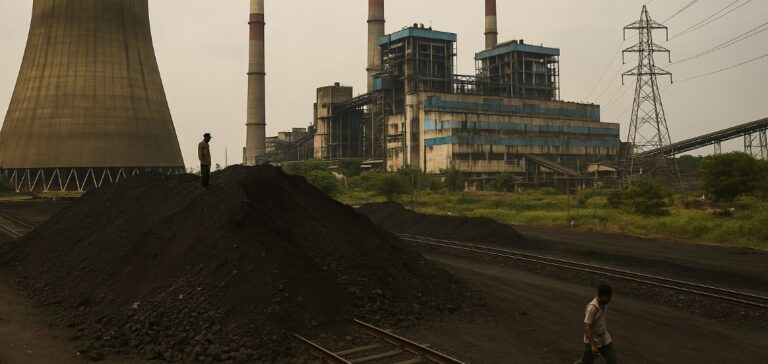NTPC (National Thermal Power Corporation), India’s largest electricity supplier, is initiating a transition towards Small Modular Reactors (SMRs). This strategic shift aims clearly at progressively replacing its older coal-fired thermal power plants, some of which are nearing the end of their technical lifespan. The company recently issued a call for tenders to select specialized consultants to evaluate the technical and economic feasibility of this emerging technology. NTPC thus aims to incorporate significant capacity from SMRs into its energy portfolio.
A technology adapted to new challenges
NTPC’s decision to opt for SMRs comes as India faces growing electricity demand coupled with international pressure to reduce its carbon footprint. Small modular reactors offer clear operational benefits: they are compact, modular, and quicker to deploy, enabling faster commissioning compared to traditional large-scale nuclear reactors. These reactors could be particularly suited to supplying power to industrial zones with high energy consumption, helping to stabilize regional electrical grids.
NTPC is considering partnerships with international nuclear companies to accelerate the deployment of this technology. The company is currently in discussions with several American and Russian companies to secure the necessary technology transfer for successful integration. This collaborative approach aims to mitigate internal development risks while benefiting from experiences in countries already engaged in this technological path.
Objectives and prospects
Furthermore, the Indian government actively supports these initiatives and has set an ambitious goal: achieving a nuclear capacity of 100 gigawatts (GW) by 2047 through various technologies, including SMRs. The growing interest among Indian industries in SMRs is also reflected in the recent completion of the Bharat Small Modular Reactor (BSMR), India’s first domestically developed modular reactor. This national model was specifically designed to meet electricity needs in remote regions and large industrial complexes.
According to NTPC, the gradual transformation of the national energy infrastructure through the integration of SMRs will require substantial investments. The group plans to mobilize approximately $62 billion to expand its total nuclear capacity to 30 GW over the next two decades. This announcement clearly positions NTPC as a key player in India’s national energy strategy, making technological diversification a central axis of its development.
As India moves closer to concretely deploying SMRs, other countries are closely watching this strategic shift, which could influence technological and industrial choices on a global scale in the coming years.





















